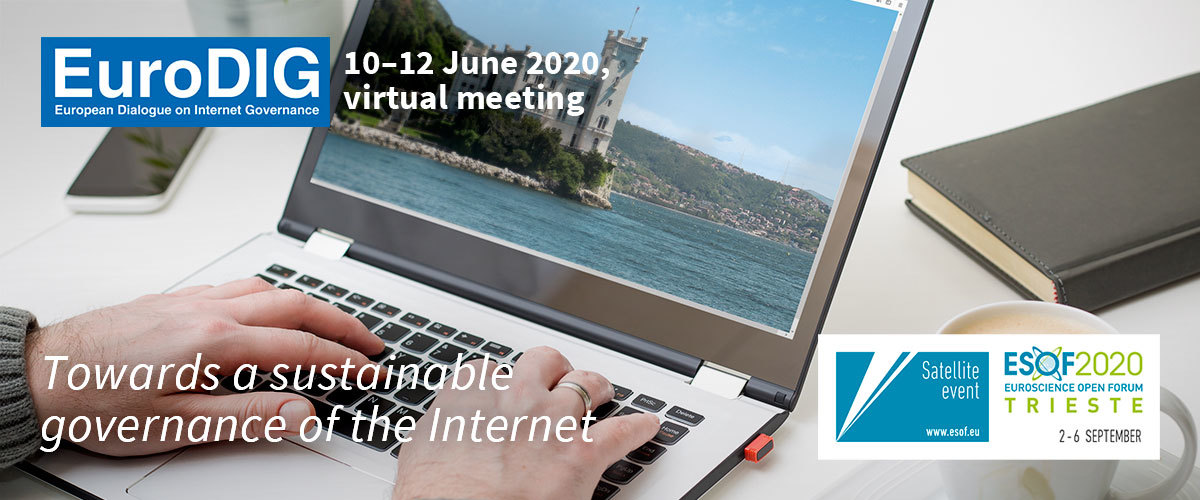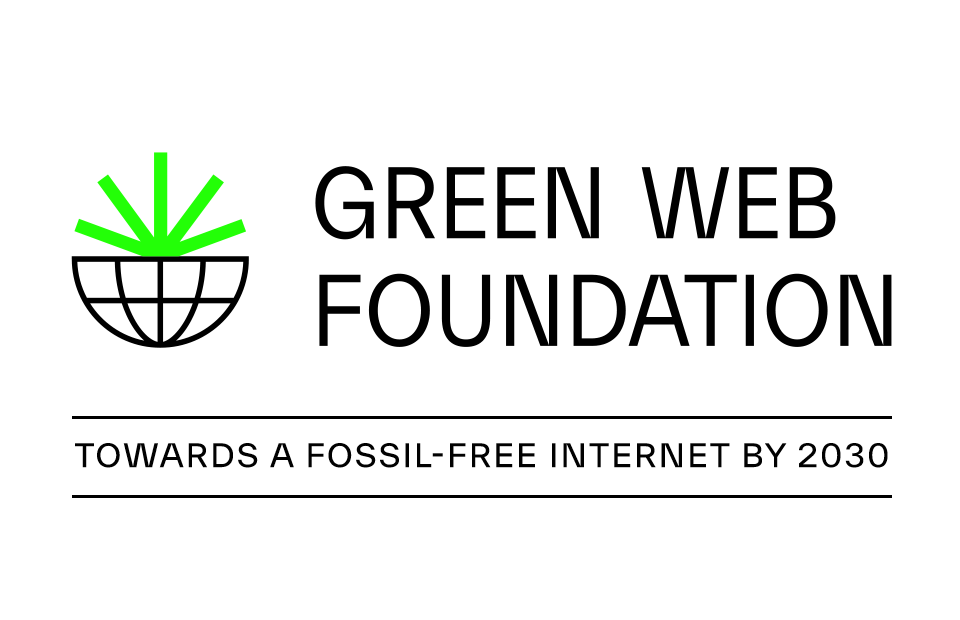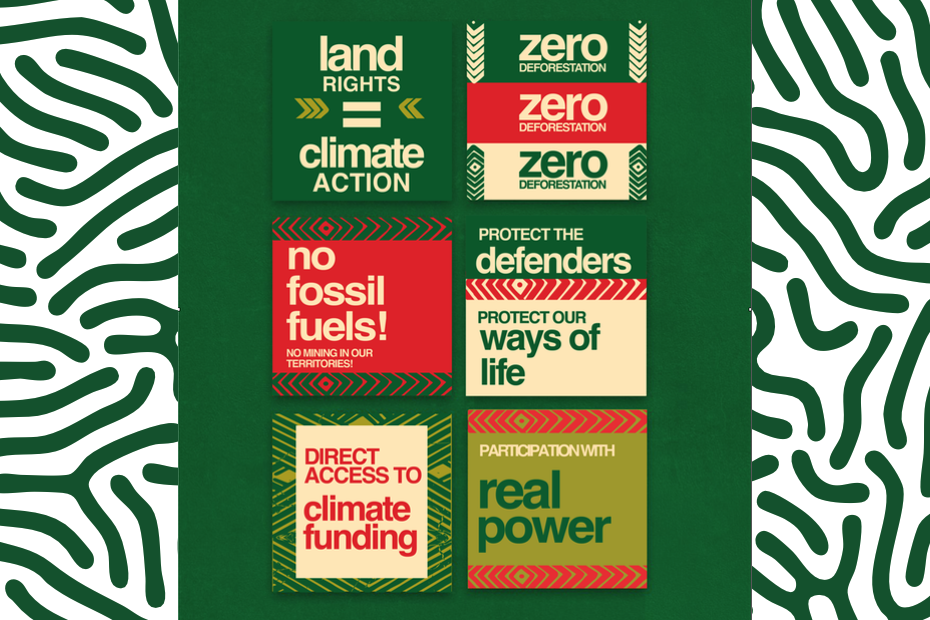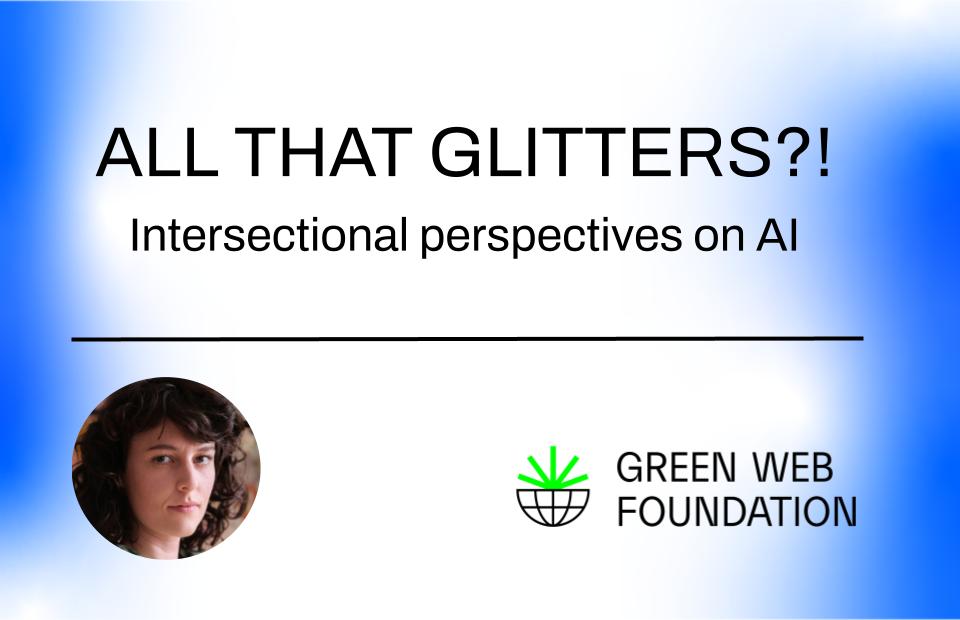AT the Green Web Foundation, we’ve been building open source software and publishing open data, to help with working towards a more sustainable web, but there are other levers for change too. Here’s Chris Adams, with our contribution to EURODig – the European Dialogue on Internet Governance, and the panel Towards A Sustainable Governance of the Internet:
On the session Greening Internet governance – Environmental sustainability and digital transformation, we each have an opening statement before we move to a panel discussion exploring the themes listed in the wiki.
I’ve listed my one here, largely for people who couldn’t make it, but also in case I forget anything in the two and half minutes I have available.:
I’m an organiser of climateAction.tech, and one of the directors of the green web foundation. I’m going to use my time to outline three things I think are necessary for a sustainable internet. I’m also going to mention energy a lot because the main driver around climate change when we talk about the internet is from burning fossil fuels to generate energy for both the running of the internet, and creating the hardware we use to access the internet. Anyway on with the three things I’d want you to take away from this session:
1) It should be trivial to trust that infrastructure is using green energy. It’s worth investing time in how we can do this, as have lots of the pieces of the puzzle for doing so already. For example we use lots of these pieces (like DNS and HTTPS) to trust that a domain name points to a given set of servers, that are running in a specific place in the world already, and this idea can be applied when we talk how we power digital infrastructure too.
In the energy world, it’s worth knowing that we already issue certificates for guaranteeing the energy came from renewable sources in the energy sector. There are lots of parallels between relying on certificates and cryptography, and a well established governance process to trust that websites are running on the infrastructure we think it’s running on, and between relying on certificates, and governance to trust that infrastructure is generating green power.
I don’t have time to go into the complexities of this, but this would be a good start towards understanding the link between the digital world, and the physical world powering it.
2) I think it’s a mistake to to shift the responsibility onto end users for the carbon footprint of using the internet.
Right now, specialists with intimate knowledge of how the internet is built have a hard time calculating the environmental impact of digital activities online. As such, I think it’s unrealistic to expect end most users to know and act on this – and shifting the burden to end users echoes how we often miss the systemic factors when we talk about sustainability, in general.
Also, digital services often replace more much more carbon intensive activity, like having a video call to replace flying to a conference.
From a governance point of view, it’s easier to spend time and money incentivising a small number of actors upstream, like people who make digital services, to work to accelerate a shift to green, decarbonised grid.
This will be easier than teaching hundreds of millions of end users downstream about changing their browsing habits to take into account the complexities of the internet.
3) Finally, I think we need to use public procurement as a lever in many cases, and there needs to be to policy actively not buy from providers who are still invested in fossil fuels, and not taking steps to green their infrastructure.
We can look to success stories in web accessibility movement for inspiration here.
Drawing clear lines in the sand around the WCAG meant that the people who build digital services had to take accessibility seriously if they wanted that nice fat public sector contract.
It stopped being a nice to have and become something non-negotiable.
This meant that government services which should be available to everyone were newly accessible to millions, and it helped grow the field of inclusive design.
In the same way that a habitable planet is more than just a nice to have, I think an internet running from green power, and and made from devices that were manufactured using green power, is more than a nice to have. And using policy around how public money is spent to speed this along is an important lever we should be using.
At the Green Web Foundation, we use open source software and open datasets to to help people understand how the digital infrastructure they use is powered, and speed a transition to a green internet.
If you’re interested in working with us, see the services we offer, learn how you can partner up with us, or check out the free tools and data we produce.



